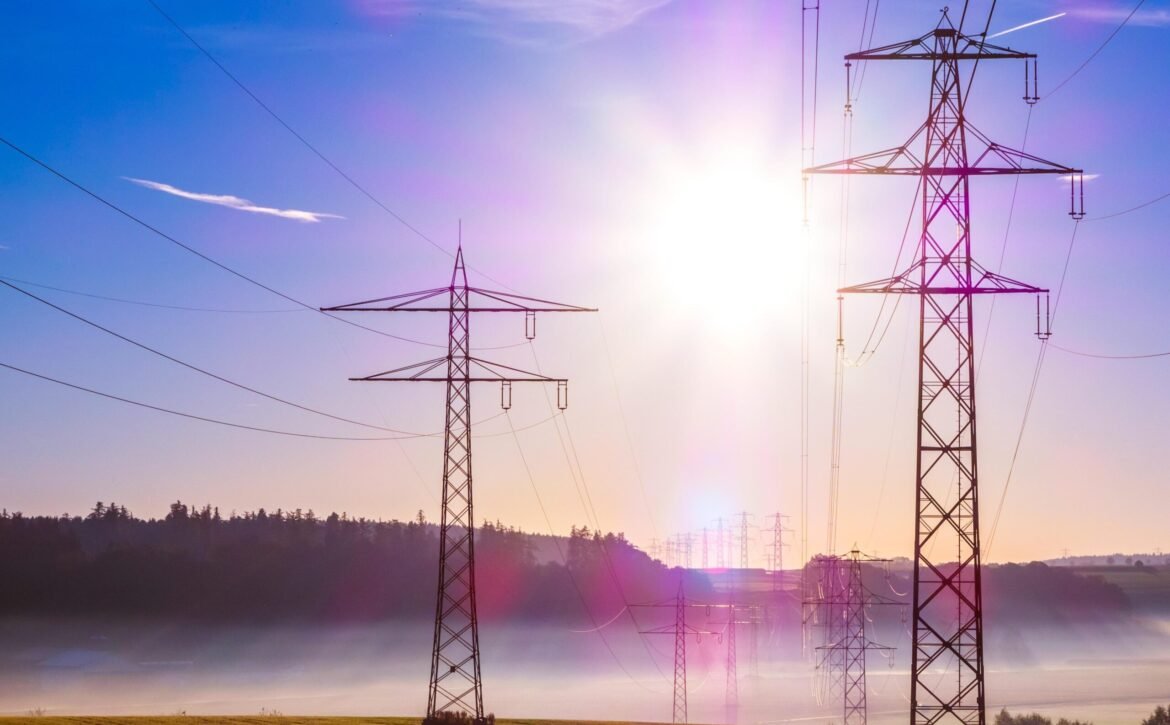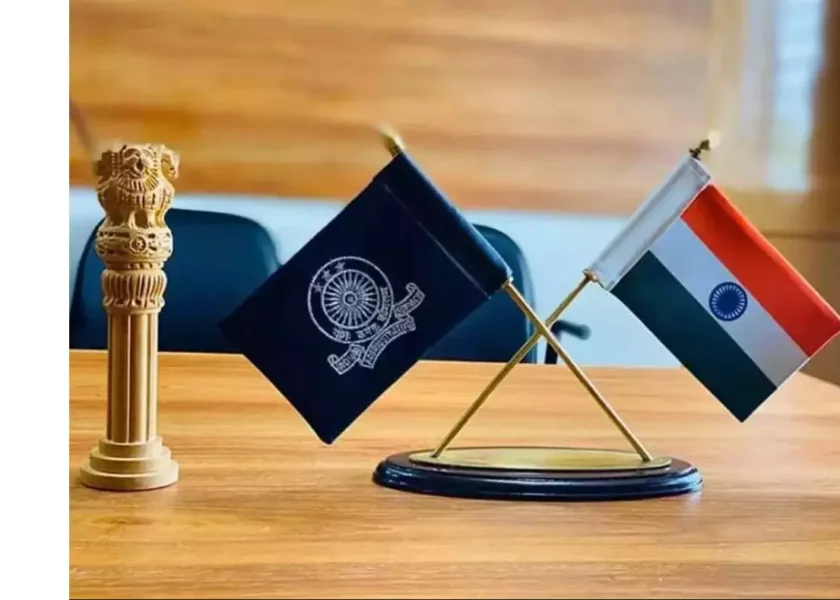
A route to reform
Electricity (Amendment) Bill, 2022 — through delicensing of the distribution business and incorporation of private players — can address the woes of the power sector
I was Secretary to the Chief Minister of UP in the late 1990s when there was a great sense of euphoria as the first major step had been taken towards power sector reforms. The UP-state electricity board was a huge organisation and had complete control on electricity generation, transmission and distribution. It was running at huge losses and the government had to periodically support it through budgetary allocations. The reforms focused on unbundling of the power sector into three companies, each looking after the three main functions of generation, transmission and distribution. The reforms were vociferously opposed by the electricity department unions having great blackmailing power. Fortunately, the Chief Minister at that time was an astute administrator and could take a stand. The government overcame the strike threat by the unions, and the reforms were implemented. I was handling this sector in the CMO and can recall how we all were excited that this will lead to a new era which will completely revive the power sector. Many other states also implemented these reforms. The electricity act of 2003 was a further step in this direction, which is now being sought to be amended by the new electricity bill. However, it was a false dawn. More than two decades have passed and the DISCOMS are facing huge losses, and not making payments to generation companies on time — leading to poor maintenance of the power plants and low-capacity utilisation.
None other than the Prime Minister of India has pointed out that neither are DISCOMS making payment on time to generation companies nor are the state governments paying subsidy amounts to the DISCOMS regularly. There is a huge backlog in these payments. It is surprising to note that even states like Tamil Nadu, which have controlled their line losses at 15 per cent against the Indian average of 21.6 per cent, have DISCOMS defaulting hugely on paying their dues. Tamil Nadu, Maharashtra and Telangana contribute to 57 per cent of the total dues owed to the power generation companies, followed by Uttar Pradesh, Jammu & Kashmir and Madhya Pradesh that account for another 26 per cent. The total dues stand at a staggering Rs 1,14,222 crores. Government data till March 31, 2022, show that states owe DISCOMS Rs 62,931 crore for services and another Rs 76,337 crores as cost of freebies announced by them. Amongst the states that have defaulted on payment to the DISCOMS, Telangana leads the way with the cumulative standing of Rs 11,915 crore, followed by Maharashtra at Rs 9,131 crores. The government departments are willfully delaying payments to the DISCOMS despite provisions in the budget. Uttar Pradesh is a leader as far as not making payments to DISCOMS for subsidies is concerned at Rs 18,946 crores followed by Madhya Pradesh at Rs 16,240 crores. It is clear that this kind of a situation is not sustainable; it is not only having an adverse impact on the power sector but also threatens to derail the entire growth path of the nation. It is interesting to note that not only the relatively backward states but also advanced states like Maharashtra and Tamil Nadu are facing these problems. Gujarat is perhaps the only exception. This clearly gives a call for urgent action at both the Center and state levels.
The new electricity amendment bill is making a bold effort to resolve these issues even as some of the measures may not be popular. This is particularly so in the light of populist steps being taken by various state governments, like providing free electricity to farmers and other consumers. Debate is going on whether the promises are in the nature of freebies which are best avoided if the fiscal health of the DISCOMS and the state governments has to be maintained.
One of the main amendments proposed relates to delicensing of the distribution business and bringing in the private sector apart from allowing portability and reducing entry barriers. This is important as the earlier reforms, which I have mentioned, have not succeeded because one monopoly replaced another. Except for a few states or some cities, the private sector has not been able to enter into the power distribution sector. The government companies continue to enjoy the benefits of monopoly, and the lack of competition leads to gross inefficiencies which are manifested in large technical and commercial losses. The consumer also does not get the benefit of low tariff or better service. It was visualised that if the state governments want to give subsidies to any segment of the consumers, then they should compensate the DISCOMS from the state budget but as we have seen from the data quoted above most of the states are not honoring this commitment. This bill is being opposed by the states on the ground that power is in the concurrent list and amendments are encroaching on the principle of federalism. The reality is that the problem has become endemic and the states on their own are not able to resolve it. The Government of India cannot be a bystander and there is a rationale for it to intervene.
Once again, the power sector employees and engineers are also agitating as they see it as a step in the direction of privatisation. It is pointed out that private sector companies will take advantage of the DISCOM network created by the public sector. This is an age-old debate on the role of the private sector vis-à-vis the public sector. However, we cannot turn away from the reality that the DISCOMS functioning as a monopoly public sector have not been able to deliver the goods, and economic logic clearly states that if competition is allowed then power distribution will become much more efficient, ensuring better public service delivery. My experience in Uttar Pradesh points to the fact that there are some genuine issues regarding the entry of the private sector into distribution. They are willing to do cherry-picking — they want to take up distribution in urban areas but avoid the rural sector where billing and collection of dues is a difficult task. I guess the only way out of this is to have packages comprising both the urban and rural segments and offer them to the private sector also. If we want to have real competition then we cannot leave the DISCOMS straddled with poor revenue-generating areas.
Moreover, unless all electricity connections are covered by smart metering, and a system is evolved where subsidies are paid directly to the targeted consumer, things are not going to improve. The power sector in the states is highly politicised. By just improving the governance and linking performance to postings and promotions, thereby holding the officers of the department accountable, a huge difference to the position of the utilities can be made. However, this is easier said than done as there are a lot of vested interests involved. It is also true that state electricity regulatory commissions have not been able to fully play their role as envisaged, and most of them still function almost like state departments.
There is no denying that serious reforms are required in the sector otherwise no intervention will succeed. I recall that as Chief Secretary of UP in 2015, we implemented the UDAY scheme where we cleansed the balance sheet of DISCOMS by taking over 50,000 crores of their dues but within a few years things have gone back to ground zero as the reform measures had not been properly implemented. It is good that the bill has been referred to the standing committee for detailed examination from all angles. It is hoped that the Center and states will work together to reform this sector which is otherwise moving towards disaster.
The writer is an ex-Chief Secretary, Govt of Uttar Pradesh. Views expressed are personal




